 |
| Warmer Arctic temperatures and thawing permafrost could pose health risks to humans and animals. (Source: USA Today) |
A pandemic caused by a disease from the distant past - it sounds like something out of a science fiction movie, but scientists warn that the risk, although low, is being underestimated.
Chemical and radioactive waste from the Cold War era could also be released in this melting ice, which could threaten wildlife and disrupt ecosystems.
Kimberley Miner, a climate scientist at NASA's Jet Propulsion Laboratory at the California Institute of Technology in Pasadena, stressed:
"There's a lot of things going on with this permafrost that are concerning, and that really shows why it's so important that we preserve as much of the permafrost as possible."
To better understand the risk from frozen viruses, Jean-Michel Claverie, emeritus professor of medicine and genetics at Aix-Marseille University in Marsheille, France, tested soil samples taken from the permafrost in Siberia (Russia) to determine whether any viruses contained there were still capable of spreading.
The scientist said he was looking for "zombie viruses" and found some.
In 2014, Claverie revived a virus that he and his team had isolated from permafrost, making it infectious for the first time in 30,000 years by injecting it into cultured cells.
To be safe, he chose to study a virus that could only infect amoebas — a genus of single-celled protozoans that cannot infect animals or humans.
Claverie repeated this success in 2015 when he isolated another virus that also only infects amoebas.
In the latest study published in the journal Viruses on February 18, Mr. Claveire and his team isolated several strains of ancient viruses from many samples of permafrost taken from seven different locations in Siberia and showed that they could infect cultured amoebas cells.
Emeritus Professor Birgitta Evengard of the Department of Clinical Microbiology, Umea University, Sweden, said there was a need for better monitoring of the risk from potential pathogens in thawing permafrost, but there should be no panic.
Despite its 3.6 million inhabitants, the Arctic remains a sparsely populated area, so the risk of human exposure to ancient viruses is low. However, the risk will increase as the planet warms.
In 2022, a team of scientists published a study of soil and lake sediment samples taken from Lake Hazen, a freshwater lake in Canada located within the Arctic Circle.
They sequenced genes in sediment genetic material to identify viral traces and the genomes of potential hosts in plants and animals in the area.
Using a computer model analysis, scientists suggest that the risk of the virus spreading to a new host is higher at locations close to where large amounts of glacial meltwater flow into lakes, a scenario more likely in a warming climate.
Miner, a scientist at NASA's Jet Propulsion Laboratory, said it is currently unlikely that humans would be directly infected with ancient pathogens released from permafrost.
Miner, however, is concerned about what she calls Methuselahs (after the Biblical figure with the longest lifespan) who could introduce ancient ecosystem dynamics into today’s Arctic with unforeseen consequences.
The reemergence of ancient microorganisms has the potential to change soil composition and plant growth, potentially accelerating the effects of climate change, Miner said.
So the best way, she argues, is to try to stop the thaw and the climate crisis, keeping these dangers buried forever in the permafrost.
 | Survey: Adelie Penguin Population Off Antarctica Is Declining Rapidly Australian scientists have recently recorded a rapid decline in a large population of Adelie penguins... |
 | Warning: Antarctica's ice sheet is melting at record levels Antarctica's ice sheet shrank to 1.91 million square kilometers this week, the lowest level since NSIDC began ... |
 | Chilean woman swims 2.5km across Antarctica in 2 degree Celsius weather Barbara Hernandez, 37, from Chile, became the first person to swim 2.5km across the near-freezing waters of Antarctica. |
 | Stronger El Nino accelerates warming of deep Antarctic waters The results of a study published on February 21 in Australia show that stronger El Nino events in the future could ... |
 | Antarctica - The 'White Continent' is in danger Antarctica - "The White Continent", where a few decades ago people still believed they could resist attack... |
Source








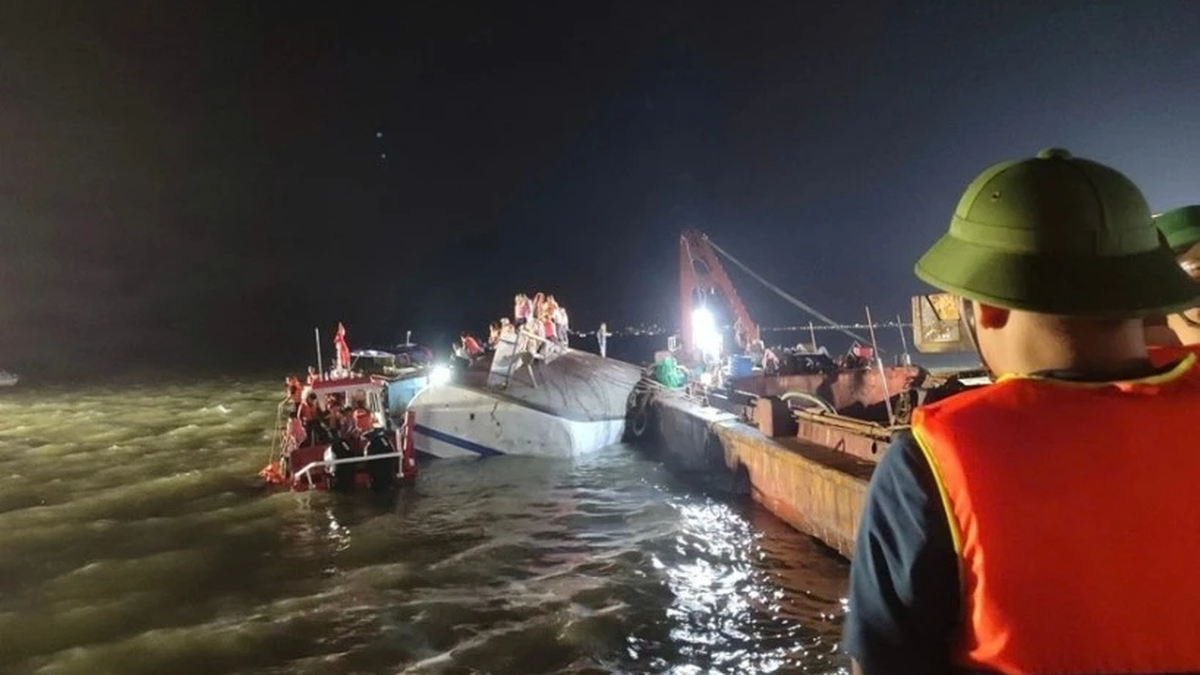
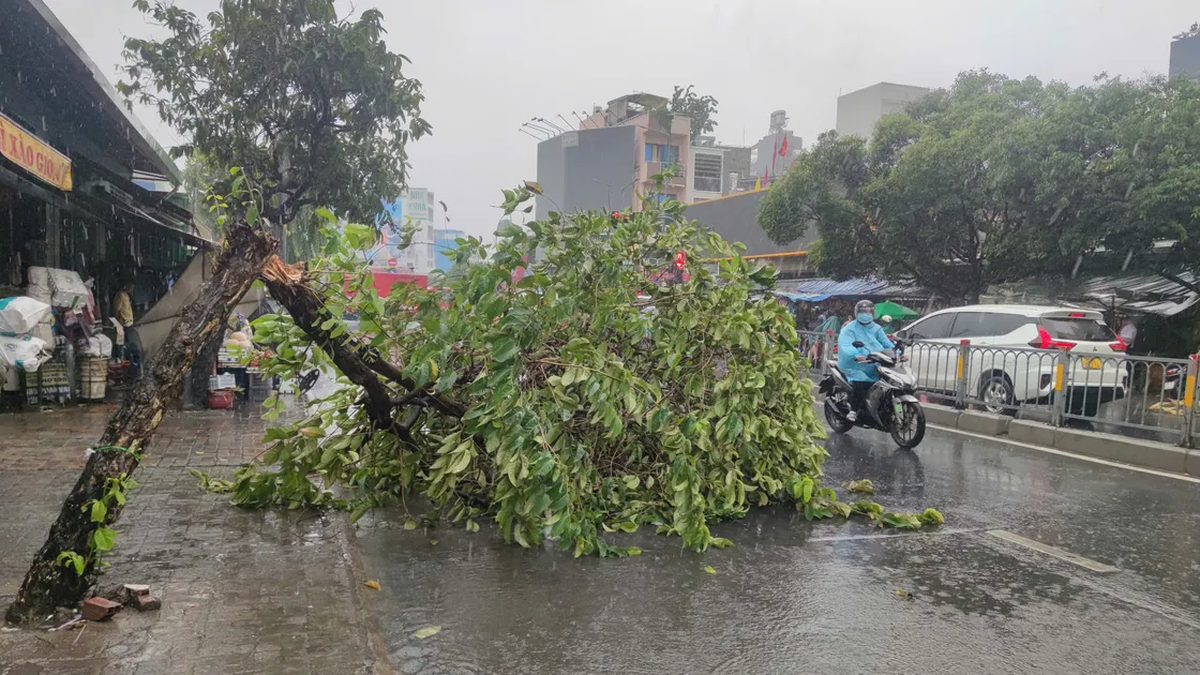

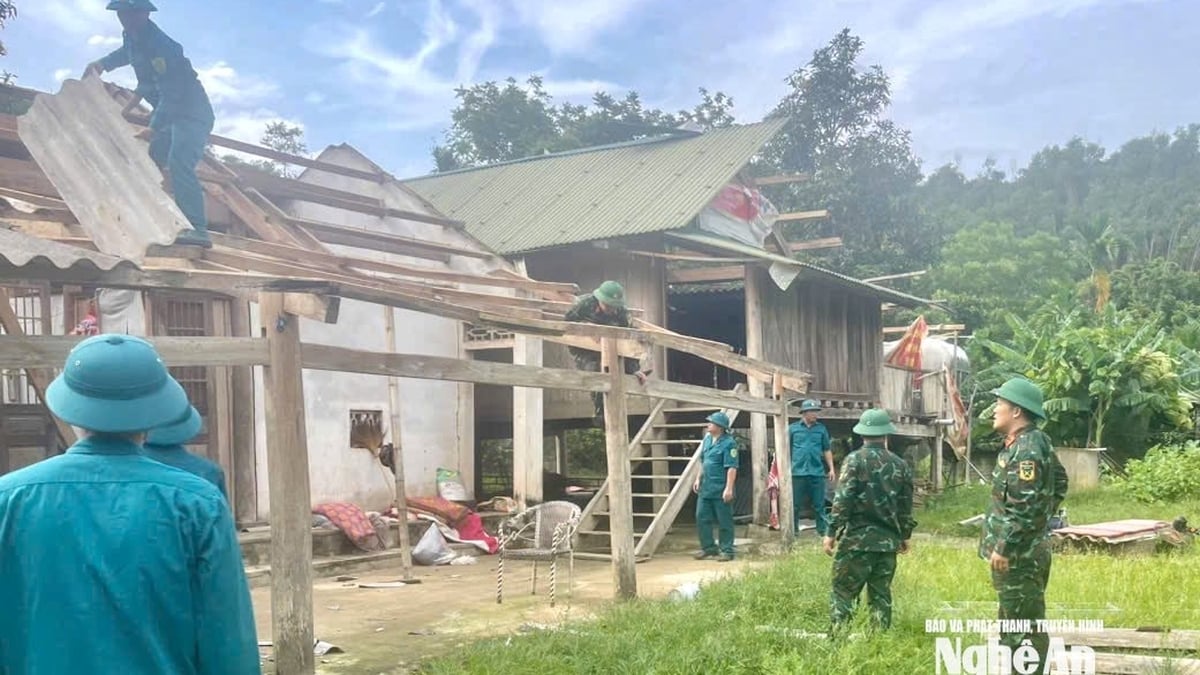



















![[Photo] National Assembly Chairman Tran Thanh Man visits Vietnamese Heroic Mother Ta Thi Tran](https://vphoto.vietnam.vn/thumb/1200x675/vietnam/resource/IMAGE/2025/7/20/765c0bd057dd44ad83ab89fe0255b783)































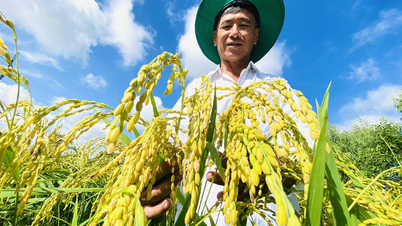
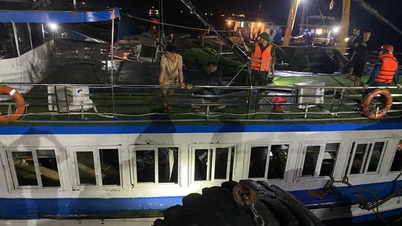
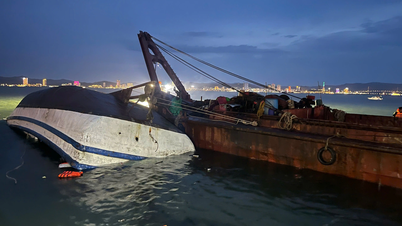

































Comment (0)